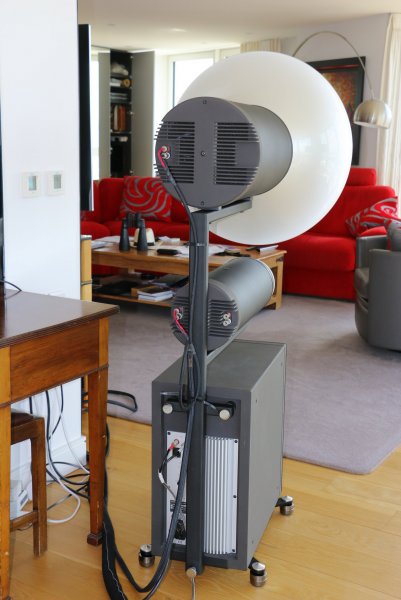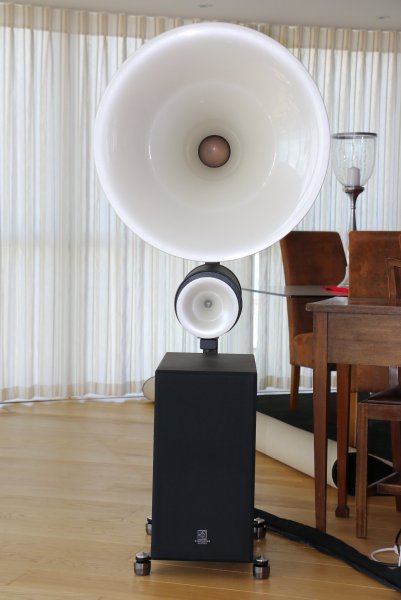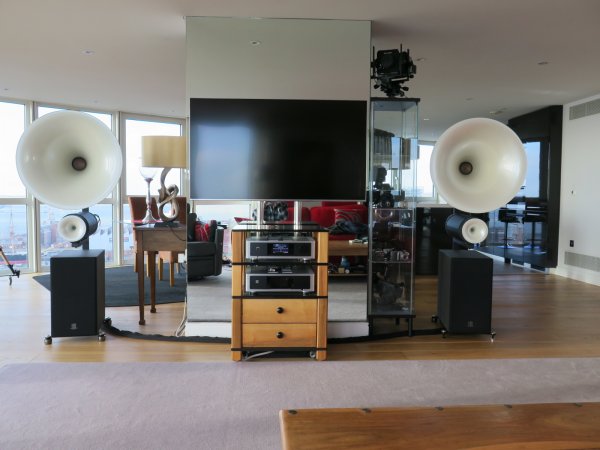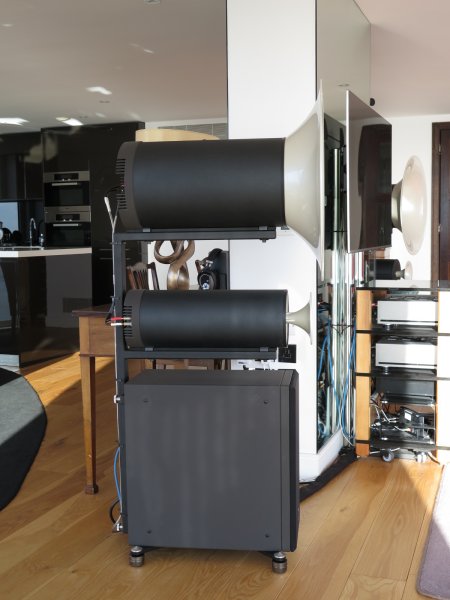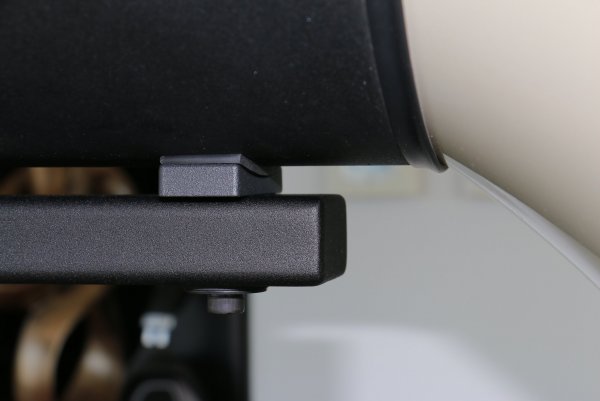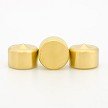Like most things in audio, vibration control is not as straightforward as it may first appear, but understanding a few important characteristics can be very helpful in building a well executed strategy to control vibration.
Firstly lets list a few components known to be negatively affected by vibration:
- Crystal oscillators, the heart of digital systems and present in many components of modern digital systems really don’t perform well when vibrated....so vibration can be a source of jitter and noise in digital systems
- Printed circuit boards
- Circuit board connectors
- Capacitors
- Connectors, sockets and plugs....
Then let’s list a few types of vibration that can affect audio systems:
- Seismic
- Structural
- Airborne
- Internal, component generated (motors, transformers, rectifiers etc)
There are literally thousands of different devices designed to ameliorate problems related to vibration...the correct approach can bring major improvements, while ill thought out approaches can cause coloration or distortion and rob the music of its vibrancy, naturalness, pace, rhythm and timing (PRaT). A perfectly well engineered device, used in the wrong setting (for the wrong reason) is just as bad or worse than a poorly designed device, so it can be a minefield unless you understand a few basic principles.
Firstly, energy can neither be created nor destroyed and that goes for vibrational energy too....so vibration can’t just disappear and you have to do something with it. It can be converted to another form of energy like work or heat, or it can be grounded and lead away from a component. You can stop a component vibrating by removing the source of vibration or by isolating the component from the vibration, however different strategies are often in conflict with one another and you need to resolve these conflicts as part of your strategy. For example, if you isolate a component from external vibration using high compliance footers for example, at the same time you lock in the internal vibration that the device itself generates. Similarly, if you use hard footers to couple the component to its base, you essentially ground the internal vibration but couple the device to external vibration. This is exactly why your strategy needs to be well thought through!
Let‘s look at the phenomena of coupling and isolation. Vibrations pass easily between materials of similar compliance (density, stiffness, elasticity) and very poorly between materials with widely diverging compliance, so hard footers like aluminium, steel or carbon fibre under a steel or aluminium component housing will couple, while soft footers like Sorbothane will isolate. We can call these low impedance coupling (well matched compliance) and high impedance coupling (highly differentiated compliance).
Another phenomena I have observed is that different support materials tends to imbue the music with tonal characteristics similar to their resonant frequencies I.e the frequency at which those materials naturally vibrate...so a glass shelf under a component may make the music sound slightly hard with a ’glass-like’ emphasis or ringing in the treble. This is likely to do with vibrations from the glass entering the component, so ideally you want component vibrations to pass into the support (grounding), while your want the component isolated from its support (isolation)....a clear conflict that’s going to take some clever engineering to solve.
So how can this dilemma be resolved?
Essentially what you want are supports that isolate your component from Seismic (ground borne), structural (most usually energy from the loudspeakers) vibration and the resulting support structure resonances, while at the same time providing the component with a grounding path to lead away its internally generated vibrations....in other words you need multi-functional supports that provide both grounding and isolation, providing the correct impedance s at exactly the right points to achieve your 2 goals. This sounds like a conflict, but its exactly where carefully thought through technology and implementation are requireD to solve the problem.
Products like `Sorbothane’ provide excellent isolation, but inhibit grounding. If you isolate your component from it’s support structure, you also prevent any internal vibration from grounding into the support. Products like BDR cones provide excellent grounding by coupling the component to its support, but that coupling is bi-directional, so if you ground the internal vibration you also couple the component to any support structure borme vibration.
So hopefully, you see some of the problems associated with implementing vibration control ‘accessories’ that only ground or isolate. This is a good point to discuss the third strategy that we mentioned at the beginning of this post, namely conversion. In order to solve the dilemma of needing to ground in 1 direction and isolate in another, a device may incorporate a mechanism to convert vibration to heat or work. In this way, the device can be configured to ideally couple to the component, then convert the component’s vibrational energy to heat or work. The same component can then isolate the component from its support structure.
The structure of such a device would be as follows.....well matched, low compliance, low impedance interface to the component, followed by increasingly compliant layers designed to convert the component’s vibrational energy to heat. At the opposite base end of the device, where it interfaces with the support structure, you’d want a high compliance, high impedance interface to prevent support structure vibration being transmitted into the footer and on to the component. Devices like the Centre Stage Footer are constructed in this manner. Component vibration flows into the footer and is converted to heat, while the soft layer in contact with the support structure isolates the component from structural and seismic vibration.
When you implement any combination of vibration controls, you really have to look at the situation bidirectionally and figure out; ‘How and where is my component being isolated from Seismic and structural vibration and how are internal vibrations being removed from the component by grounding and/or conversion. When you can clearly answer those questions and the answer is non-conflicting and logical, you have a good strategy for managing vibration.
I hope the above is reasonably understandable








